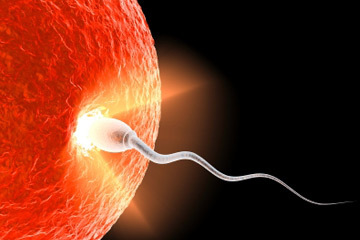It is known that chemicals from the environment can impact fertility. It is also believed that heavy metals such as mercury as well as the status of some nutrient minerals can impact fertility and reproduction in humans.
A report by Dickerson, et al, studied the hair mineral concentrations in women with fertility problems who underwent in vitro fertilization treatment and investigated treatment outcomes. Mercury, zinc and selenium were analyzed. Hair mercury revealed a negative correlation with oocyte yield and follicle number following ovarian stimulation. The hair zinc and selenium correlated positively with oocyte yield after ovarian stimulation. Their data found that mercury had a deleterious impact while zinc and selenium showed a positive impact in the ovarian response to gonadotropin therapy for in vitro fertilization. The researchers found that minerals such as zinc and selenium may be important for reproductive outcomes and are reflective of long term environmental exposure and dietary status. Their study concluded that HTMA offers a method of investigating the impact of long term exposure to endocrine disruptors and nutritional status on reproductive outcomes.
Nutritional status is very important in reproductive health and may involve many factors beyond those mentioned in this one article. For example not only are zinc and selenium important but also the metabolic type, thyroid status, hormonal status as well as other nutritional and heavy metals, such as manganese, copper and zinc relationship, iron, magnesium, lead and cadmium. The status of these factors can also be related to complications during pregnancy, such as; eclampsia, gestational diabetes and even postpartum depression. HTMA is a valuable tool for investigating and addressing the nutritional status in those women with reproductive problems and also during and following pregnancy.
Source: Endocrine Disruptor and Nutritional Effects of Heavy Metals in Ovarian Hyperstimullation. Dickerson, EH, et al. J. Assist Reprod. Genet. 12, 2011.









